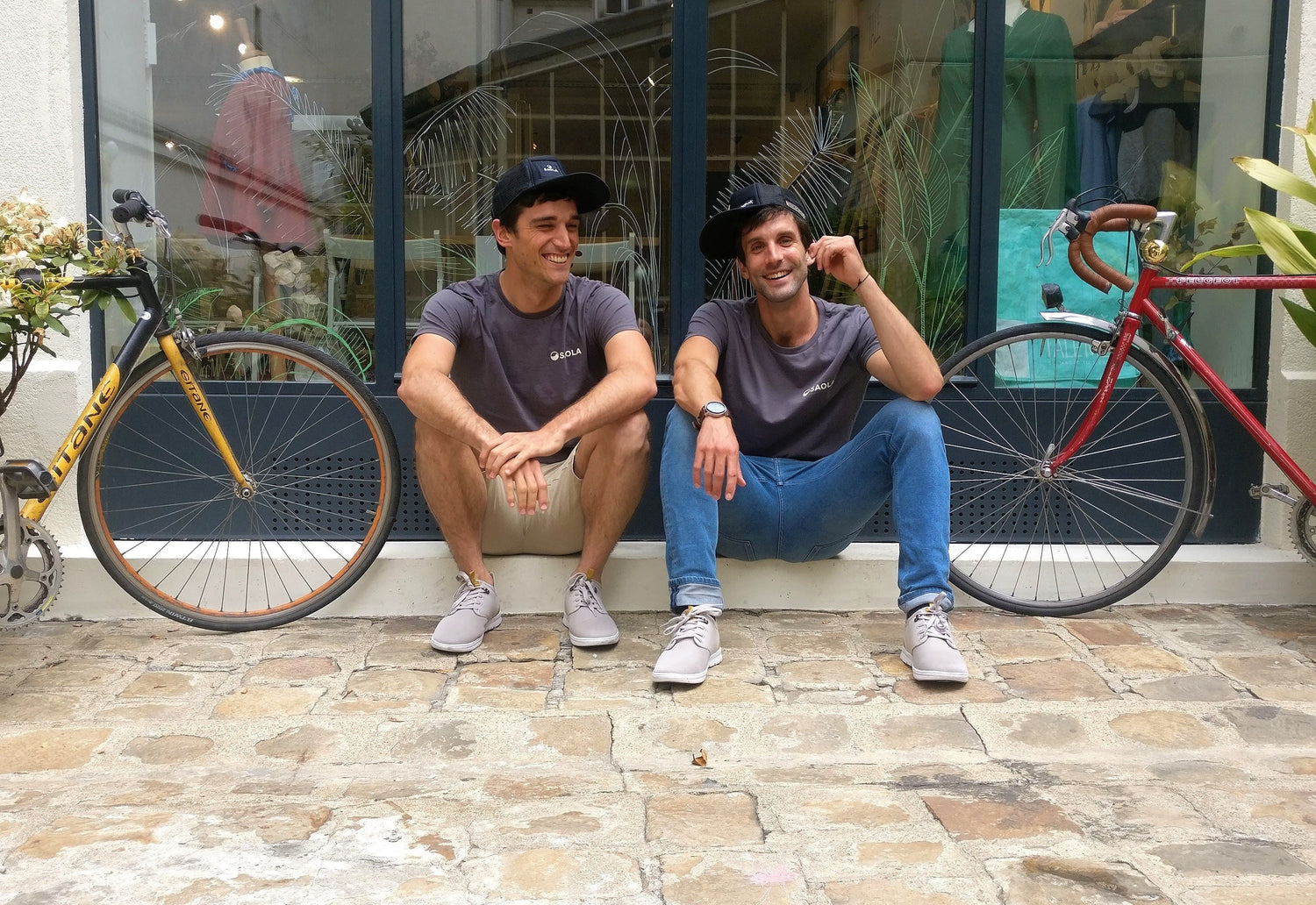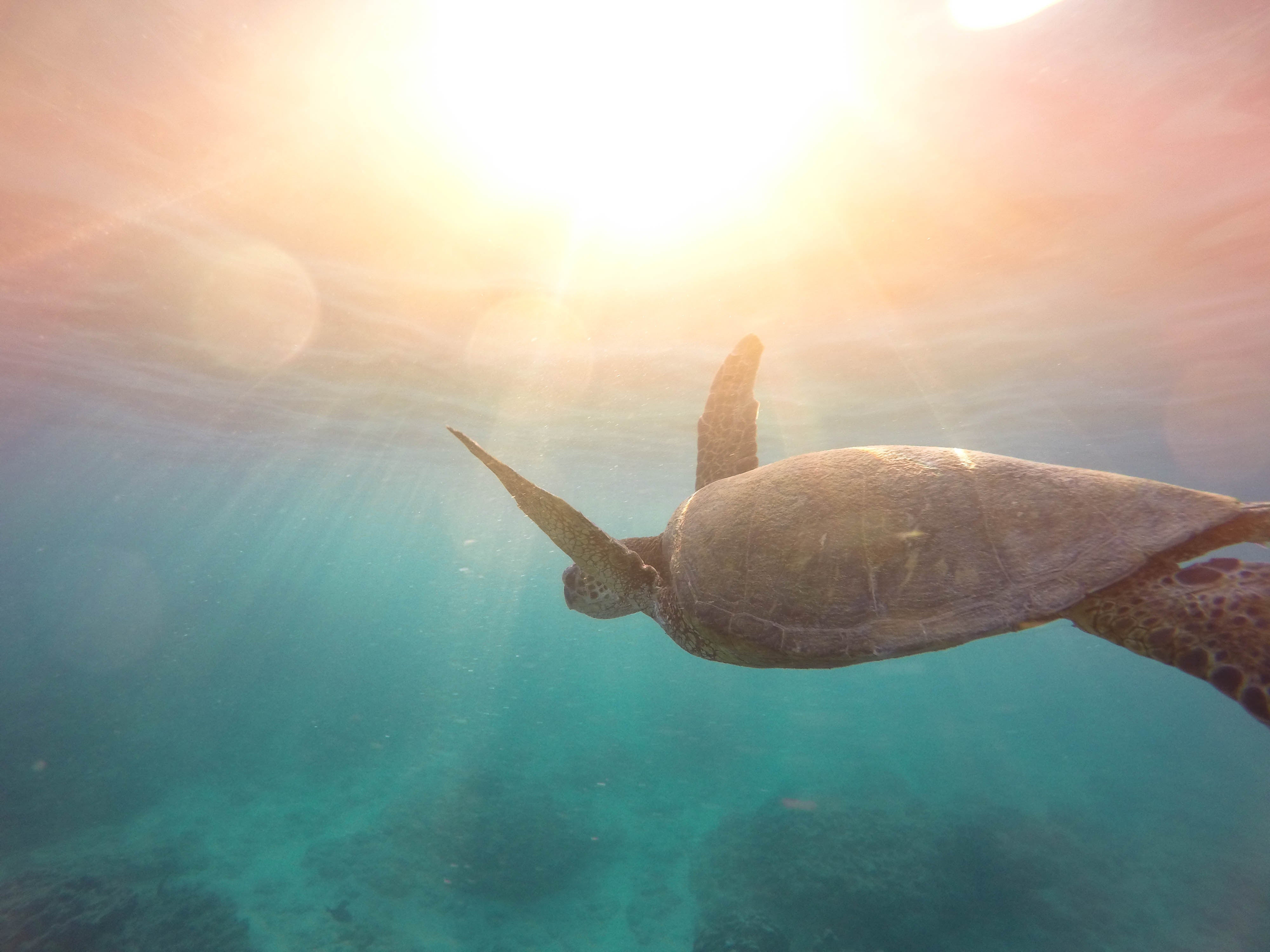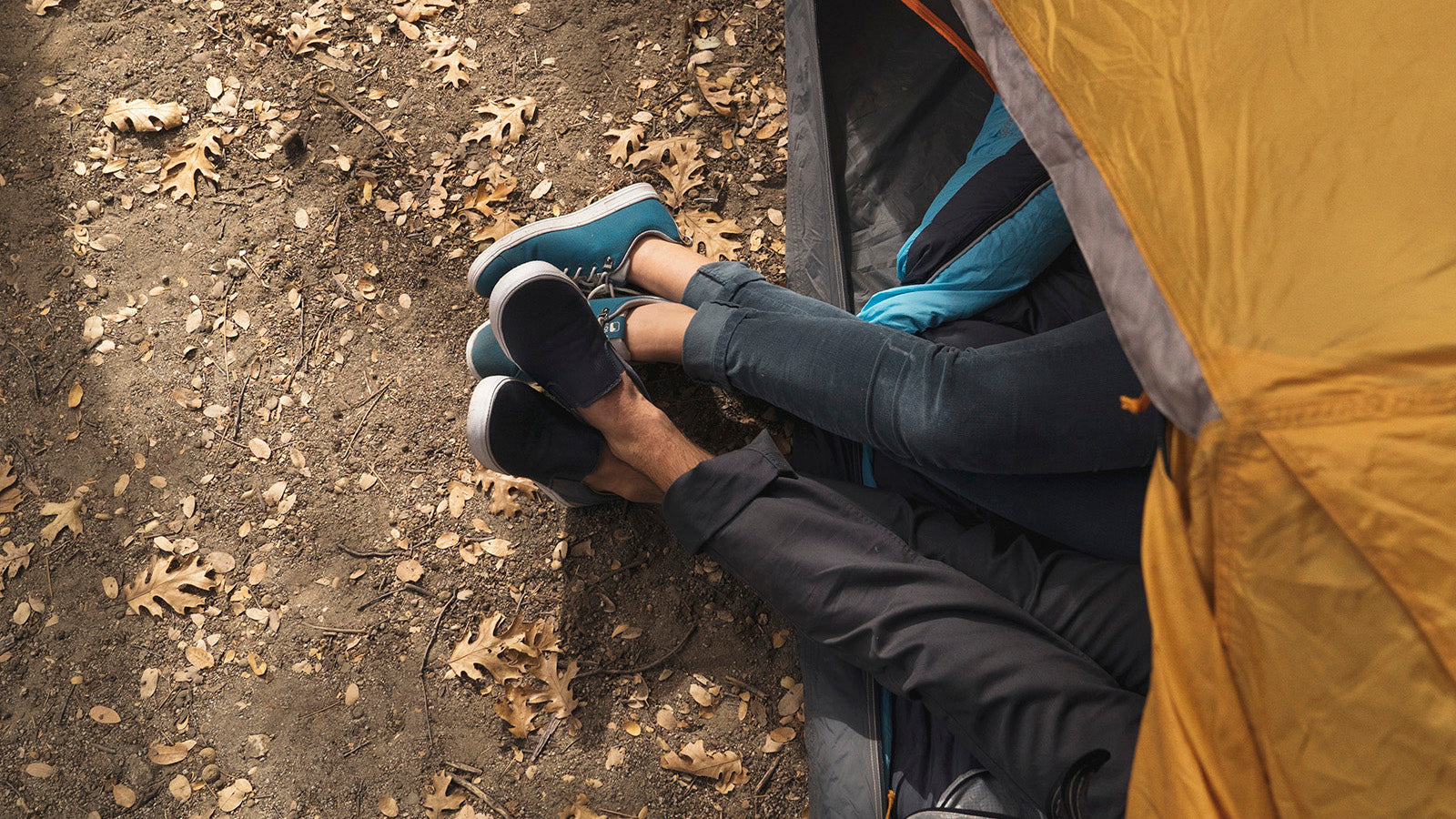SAOLAdventurers Jules Coignard and Raphael Masvinger are a couple of do-good entrepreneurs on a mission. The 30-year-old French natives first met while working for Airbus in Mexico back in 2014, jobs that could best be described as following the traditional, corporate path.
Bonded by their mutual passion for the environment and an understanding that more needs to be done to protect it, they set professional security aside and set off on the first circular economy world tour.
The concept aimed to investigate and prove that the global community has the resources and solutions available to grow without causing additional harm to the environment.
Seventeen months, 22 countries, and 150 meetings later, the two friends formed Circul’r – an organization which aims to build the first global network of circular economy companies and startups, so they can more easily co-create solutions for a sustainable economy respectful of the people and the planet.

The pair was kind enough to take a break from saving the world (and surfing) to catch up with us about the circular economy movement – where it’s been and where it’s going. And as is often the case with this charismatic duo, we left the conversation feeling inspired and stoked to be a part of it. Hope you do, too.

Jules, surfing near Anglet, France.
SAOLA: Before we go deeper, first please explain the concept of a “circular economy” to me like I’m a kindergartener.
CIRCUL’R: A circular economy simply rethinks the way we do things.
It requires us to use natural resources in a smarter way so we no longer produce waste. If you look at nature, that is the perfect circular economy model – a perpetual flow.
One animal’s waste is another’s food…things grow, then eventually die; nutrients then return to the soil and create an environment for new growth. This is far more sustainable and efficient than the create-dispose-create-dispose model humans have developed.
We’ve found that this cartoon really makes it easy to understand:
SAOLA: Ahh cool. Thanks – cartoons are my speed, and that one makes TOTAL sense. So since the launch of Circul'R in 2014, how have you seen the movement for a circular economy grow? Or have you?
CIRCUL’R: At the time of the launch of Circul'R, the circular economy concept was still really undeveloped and not really in use. Consumers, companies, and organizations rarely even used the term, which made getting started and funded more difficult. But since returning from our world tour four years ago, there has been a great evolution: events, stories in the news, and even the government have started to talk about it and to familiarize the term with the general public. Many start-ups have also been created based on this concept. But there’s still a lot of work to be done. We need to make strategies and practices more concrete, and also involve the larger companies that are more and more oriented towards the circular economy in their strategies. We are heading in the right direction and certainly making progress, so that’s promising.
SAOLA: We are seeing more and more brands that are aware of their impact and are trying to make an effort, but on the consumer side - is this also the case? Do you think the average consumer is hearing the message and taking action?
CIRCUL’R: Yeah, for sure! I mean, high-profile individuals like celebrities, companies, and NGOs can make an impact as far as amplifying the message, but the consumer plays the ultimate key role through their purchasing decisions. They are the ones who will favor one product over another, and therefore, will influence the development of one sector rather than another. Today, we feel that there is a global movement from consumers towards more sustainable consumption. We see more and more consumers who are aware of the impact of the products they consume and holding brands more accountable, so that's good news. Fortunately, the act of responsible consumption doesn’t rely on just one practice - there are many ongoing, everyday actions that can make an impact: the sorting/recycling of waste, refusing the use of single-use plastic, the boycott of certain brands...all of these are actions that can and should become more common practice.
SAOLA: What are the barriers (if any) to seeing a circular economy develop?
CIRCUL’R: We see three major obstacles to the development of the circular economy:
- The required change in mentalities: since the industrial revolution, everything has been done in a linear way, so shifting to a circular model first requires people to think differently and change ingrained practices. Further complicating that, is that this shift is required among all levels to make it work – governments, companies, and consumers. It's really difficult when we have been used to doing things a certain way.
- Corporate interests: Since the industrial revolution, companies have been developed to support a linear economy, mainly around the use of oil, so there is a conflict of interest to move to a circular economy. Lobby groups are actively trying to slow down the shift, acceptance of innovations, and circular technologies. It’s a real problem.
- Profitability: the introduction of the circular economy can sometimes lead to profitability over the medium / long term, but also can sometimes run counter to certain policies of companies seeking above all a yield in the short term. This can be really challenging for some companies, requiring yet another shift in mentalities. It’s hard to get them to look long term, even if their economic profitability will be excellent, with a better performance of an environmental and social point of view.
SAOLA: What current projects are you focusing on?
CIRCUL’R: At the association level, we really want to increase the Circul'R network by bringing together more and more start-ups and circular economy-oriented solutions. We also launched the "Circul'R eco system" label, whose goal is to label the most start-ups and associations that act around the circular economy. Club Circul'R has been created to bring together the various big-name players in the circular economy. The major groups will be able to exchange among themselves their best practices around the circular economy, and see that they face common challenges. We will also be able to put them in contact with start-ups that offer solutions through four annual events that we will organize.
SAOLA: Where do you see your organization & the circular economy movement in 5 years?
CIRCUL’R: In five years, we would like to bring together 10,000 start-ups and associations within our Circul'R network, and have impacted more than 100 large companies in their transitions to the circular economy in order to have maximum environmental impact. We would also like to expand in other countries, replicating our model and adapting it to local cultures and working with locals. As for the circular economy, it is hoped that the legislative framework will have changed, with the elimination of single-use plastics, more taxes on toxic / non-recyclable products and fewer taxes on eco-friendly products. We really want to see more start-ups born around this theme, enterprise companies really take hold of the subject with committed long-term visions, and real investments to transform their business to leave a positive impact on the planet.
SAOLA: Now, in the department of “fun”, what are your summer plans?
CIRCUL’R: We always have fun! This summer, I (Raphael) am going to India to train as a yoga teacher, both for my own personal fun and to coach the Circul’r team when we take breaks as a team. And Jules is getting married in the Basque country very soon, and then heading to Indonesia with his bride for their honeymoon. They plan on getting in a bunch of surfing and checking out some local environmental projects while they’re there. We also have two new members of the team: Stéphanie and Pierre, who are riding their bikes from Marseille to Athens to meet with circular economy organizations fighting against plastic in the Mediterranean Sea. We all plan on meeting in Athens at the end of the summer to see what we can implement in the coming year.
SAOLA: Good stuff! You guys are really good at life. 😊 We’re super stoked to have you as ambassadors for SAOLA and look forward to keeping up with all your progress. Thanks so much for your commitment to creating change for the betterment of future generations.
CIRCUL’R: And thank you for being a part of the solution!
You can stay UP TO DATE with Jules, Raphael, and the Circul’r crew on Instagram and Facebook.









